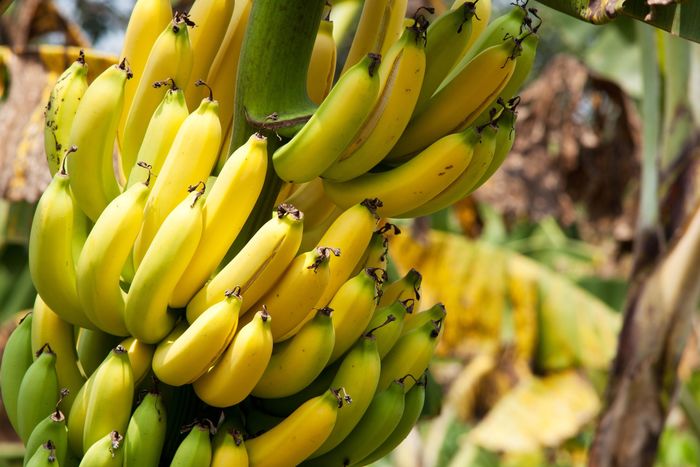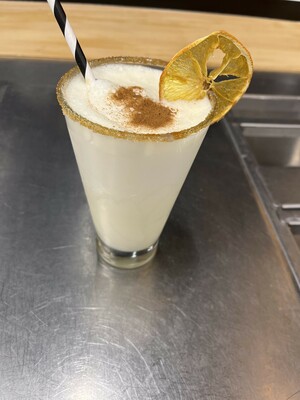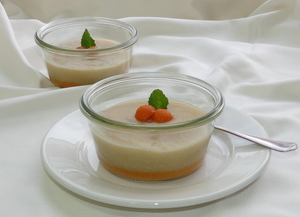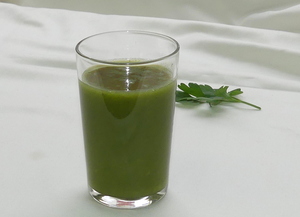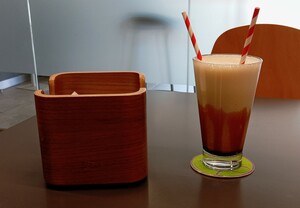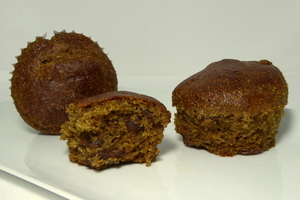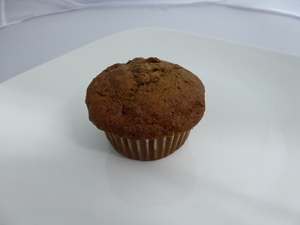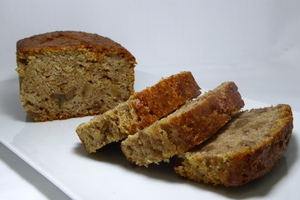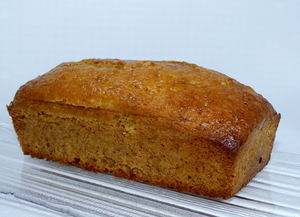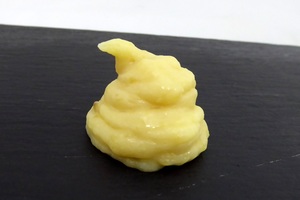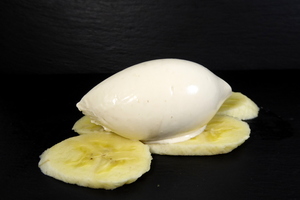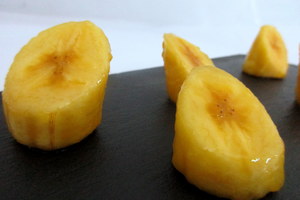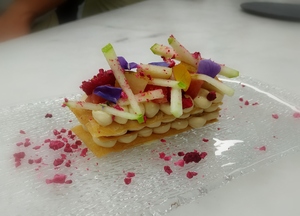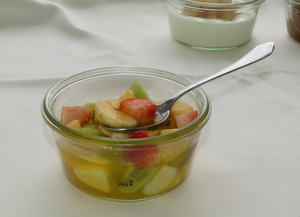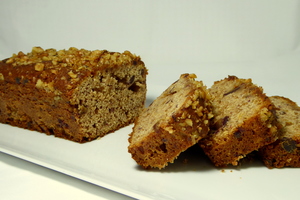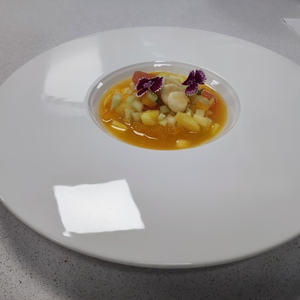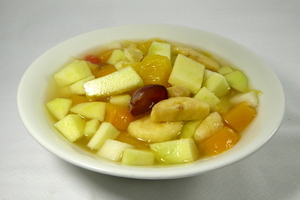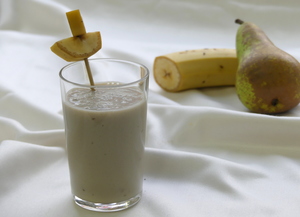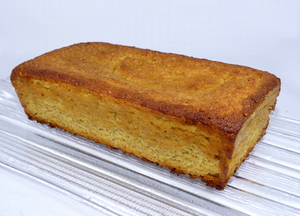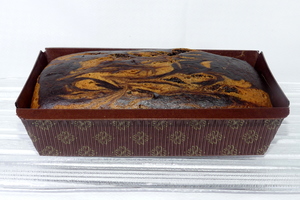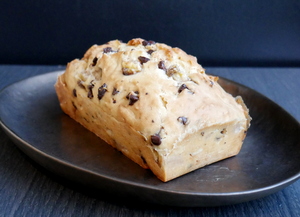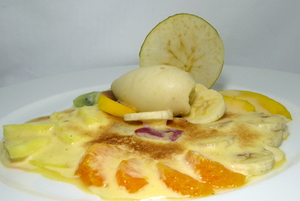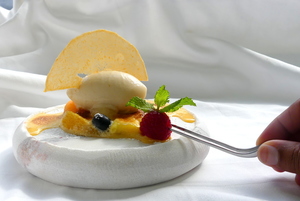Bananas
This fruit is part of the Musaceae family, which includes edible raw bananas (Musa cavendishii), small bananas (Musa x paradisiaca) and plantains (Musa paradisiaca).
Bananas come from meridional Asia, being known in the Mediterranean since the year 650 AD. The species arrived in the Canary Islands in the 15th century and it was then taken to America in the year 1516. Commercial cultivation begins in the Canary Islands in the late 19th century and early 20th century.
Its high levels of carbohydrates mean that has a high caloric value. The most representative nutrients in the banana are potassium, magnesium, folic acid and astringent substances; we do not want to forget its high level of fibre (the oligosaccharides type).
We can find this delicious and nutritive fruit in the market during the whole year.
You should avoid bruised, damaged or overripe bananas.
In edible raw bananas and small bananas, the colour tells us how mature the fruit is. Excessively soft specimens should be left aside. The presence of black or brown dots does not affect the quality of the banana.
This fruit does not need special conditions for its preservation, just being kept in a fresh, dry place and protected from direct sunlight. If kept in the fridge, the skin becomes darker, but this is not a problem for us. This darkening can be avoided by wrapping the banana in a newspaper.
Bananas can also be frozen, and would be preserved for around 2 months this way. Small bananas are preserved better in clusters, and should be consumed fast once they are ripe.
-
Type of dish
- Beers
- Cocktails
- Breakfasts and brunch
- Burguers
- Juices, milkshakes and beverages
- Shellfish
- Bread and pastries
- Pizzas, patty
- Dessert
- Pasta
- Sándwich
- Pastries
- Finger foods
- Ice creams and sorbets
- Legumes
- Salads
- Eggs
- Patty
- liqueur
- Harvard plate
- Main course
- Meats
- Fish
- Birds
- Vegetables
- Soups and creams
- Rices
- Coffee, chocolate and infusion
- Cheeses
- Appetizers and canapes
- Temperature
- Cuisine type
- Additional culinary preparation
- Conservation technique
- Seasonal recipes
-
- Aromatic herbs
- Beverages
- Big game hunt
- Bread and pastries
- Canned goods and pickles
- Cereals
- Condiments, spices and additives
- Cooked, salted, preserved and cold meats
- Dried fruits and nuts
- Dry pulses
- Edible oils and vinegars
- Eggs and derivatives
- Feathered game hunt
- Fish cuts
- Fishes
- Insects
- Kitchen and bakery tecniques
- Kitchen and bakery utensils
- Meat cuts
- Meats
- Milk, cream and derivatives
- Mushrooms
- Offal
- Pasta, rice, flour and derivatives
- Poultry
- Seafood
- Service techniques
- Service utensils
- Vegetables cuts
- Vegetables, fruits, tubers and seaweed

